
Duke of Atholl, named after Atholl in Scotland, is a title in the Peerage of Scotland held by the head of Clan Murray. It was created by Queen Anne in 1703 for John Murray, 2nd Marquess of Atholl, with a special remainder to the heir male of his father, the 1st Marquess.
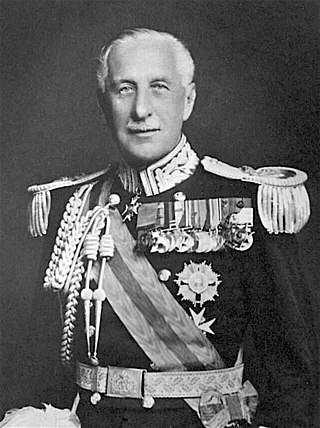
Brigadier General Alexander Gore Arkwright Hore-Ruthven, 1st Earl of Gowrie, was a British Army officer who served as the 10th Governor-General of Australia, in office from 1936 to 1945. He was previously Governor of South Australia (1928–1934) and Governor of New South Wales (1935–1936).

Earl Castle Stewart, in the County Tyrone, is a title in the Peerage of Ireland. It was created in 1800 for Andrew Thomas Stewart, 9th Baron Castle Stuart.
The Peerage of the United Kingdom is one of the five Peerages in the United Kingdom. It comprises most peerages created in the United Kingdom of Great Britain and Ireland after the Acts of Union in 1801, when it replaced the Peerage of Great Britain. New peers continued to be created in the Peerage of Ireland until 1898

Earl of Carlisle is a title that has been created three times in the Peerage of England.

Lord Ruthven of Freeland is a title in the Peerage of Scotland. It was created in 1651 for Thomas Ruthven. He was the grandson of Alexander Ruthven, younger son of William Ruthven, 2nd Lord Ruthven. The letters patent creating the peerage is said to have been burnt with the House of Freeland in 1750, and the remainder to the peerage is not accurately known. However, as the dignity was retained on the Union Roll, it has been presumed that the honour was to heirs-general.

Earl of Seafield is a title in the Peerage of Scotland. It was created in 1701 for James Ogilvie, who in 1711 succeeded his father as 4th Earl of Findlater. The earldoms of Findlater and Seafield continued to be united until 1811, when the earldom of Findlater became dormant, while the earldom of Seafield remains extant.

Baron Hastings is a title that has been created three times. The first creation was in the Peerage of England in 1290, and is extant. The second creation was in the Peerage of England in 1299, and became extinct on the death of the first holder in c. 1314. The third creation was in the Peerage of England in 1461, and has been in abeyance since 1960.

Earl of Gowrie is a title that has been created twice, once in the Peerage of Scotland and once in the Peerage of the United Kingdom, both times for members of the Ruthven family. It takes its name from Gowrie, a historical region and ancient province of Scotland. On 23 August 1581, William Ruthven, 4th Lord Ruthven, was created Earl of Gowrie by James VI, King of the Scots. He was executed for high treason, attainted and his peerages forfeited on 28 May 1584. Two years later in 1586, the attainder was reversed and his son, the second Earl, was restored as Earl of Gowrie and Lord Ruthven, but both peerages were forfeited after the alleged plot and subsequent death of the second Earl's younger brother, the third Earl, in 1600.
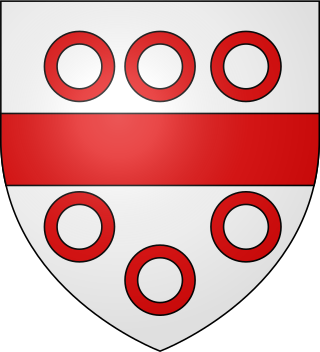
Baron Lucas is a title that has been created twice in the Peerage of England. The second creation is extant and is currently held with the title Lord Dingwall in the Peerage of Scotland.

Earl of Brentford was a title that was created twice in Peerage of England. It was first created in 1644 when the Scottish soldier and diplomat Patrick Ruthven, 1st Earl of Forth, was made Earl of Brentford, in the County of Middlesex. He had already been created Lord Ruthven of Ettrick in 1639 and Earl of Forth in 1642, both in the Peerage of Scotland. He had no surviving male issue and the titles became extinct on his death in 1651. Lord Brentford was a great-grandson of William Ruthven, 1st Lord Ruthven. His brother William Ruthven was the grandfather of Francis Ruthven, who was created a Baronet, of Redcastle, in 1666. The latter married Elizabeth, daughter of Thomas Ruthven, 1st Lord Ruthven of Freeland, great-grandson of William Ruthven, 2nd Lord Ruthven. Their daughter, Isabel, succeeded as 5th Lady Ruthven of Freeland in 1722.
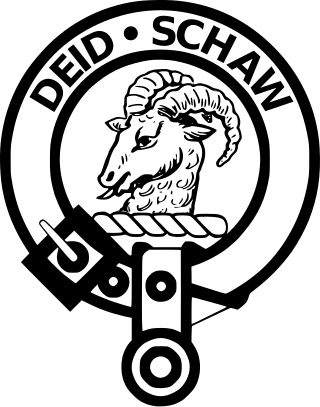
The Clan Ruthven is a Lowland Scottish clan.

Alexander Patrick Greysteil Hore-Ruthven, 2nd Earl of Gowrie,, usually known as Grey Gowrie or Lord Gowrie, was an Irish-born British hereditary peer, politician, and businessman. Lord Gowrie was also the hereditary Clan Chief of Clan Ruthven in Scotland. He was educated at Eton and Oxford, and held posts in academia for a period, in the US and London, including time working with poet Robert Lowell and at Harvard University.
Lord Ruthven may refer to:
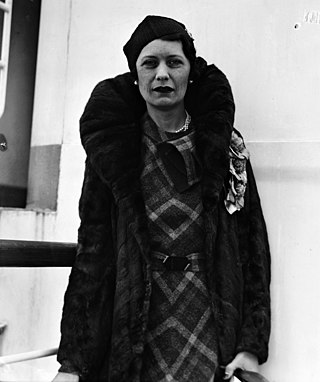
Bridget Helen Monckton, 11th Lady Ruthven of Freeland, Dowager Viscountess Monckton of Brenchley, CBE was a British peeress and Conservative member of the House of Lords best remembered as the wartime commander of women's services in India.
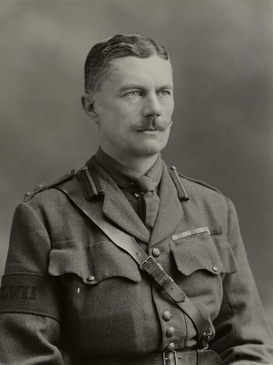
Major General Walter Patrick Hore-Ruthven, 10th Lord Ruthven of Freeland, 2nd Baron Ruthven of Gowrie,, known as Master of Ruthven from 1870 to 1921, was a senior British Army officer. He served as Major-General commanding the Brigade of Guards and General Officer Commanding London District from 1924 to 1928, and was then Lieutenant Governor of Guernsey until 1934.
Walter James Hore-Ruthven, 9th Lord Ruthven of Freeland, 1st Baron Ruthven of Gowrie, previously known as Walter James Hore, was a British soldier and peer, a member of the House of Lords from 1919 until his death.
Hore-Ruthven is the surname of:
Lord of Kinfauns is a title of nobility created in 1487 by James III of Scots and regranted in 1608 by James I of Great Britain, France and Ireland. As recorded in the Great Seal, Scotland's oldest national record, in crown charter "in domino de Kynfawnis".











